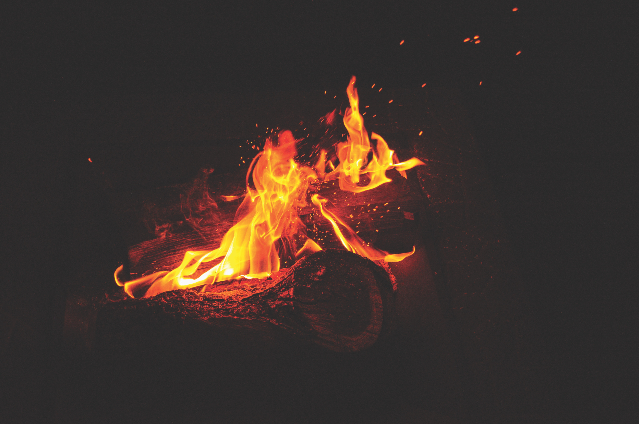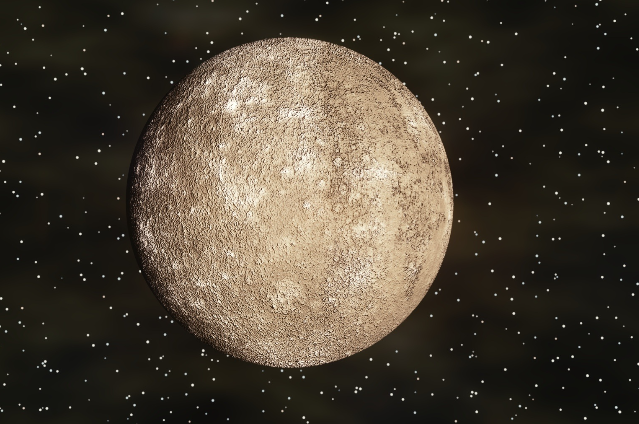If a June night could talk, it would probably boast it invented romance - Bernard Williams
When we think of June, we think of cloudy summer days, the summer rains marking the start of monsoon, eating ice creams, and picnic weather. June brings us a lot of things, one of them being pride month. Celebrated in many different parts of the world, people hoist pride parades this month to show their support for the LGBTQ+ community.
While the LGBTQ+ community has had to face a lot of problems throughout history, whether that is religious battles or fights against equality, there has been one religion that has represented the community (even if indirectly) since the beginning.

Hindu mythology and scriptures have often seen mentions of transgender, gender-fluid deities, and other non-heterosexual relationships. We see instances of gender changes, homoeroticism, and intersex in traditional scriptures. In this article, let’s take a look at some of these deities and themes.
Lord Vishnu and his many forms
Lord Vishnu has numerous forms, one of them being 'Mohini'. Mohini is the only female avatar of Vishnu, showing gender adaptability. According to some religious texts, Mohini bears a child (Lord Ayappa) with Shiva. It is also said that these stories in which Shiva is aware of Mohini's true form is another example of the fluidity of gender when it comes to sexual attraction. The Tamil version of Mahabharata cites that Mohini also marries Aravana, whose last wish was to not die unmarried. This marriage and death of Aravan are also celebrated every year through a ritual called Thali, during which the third gender (also known as Hijra) enacts as Krishna-Mohini and marries Aravan in a mass wedding.
Androgynous Themes
The concept of androgyny can be seen in Hinduism through the forms of Ardhanarishvara and Laxmi-Narayan. Ardhanarishvara is a form of both Shiva and Parvati, where the right half of the boy is male and the left remains female. Ardhanarishvara is seen as a divine and sacred form of Shiva-Parvati and is worshipped as such.
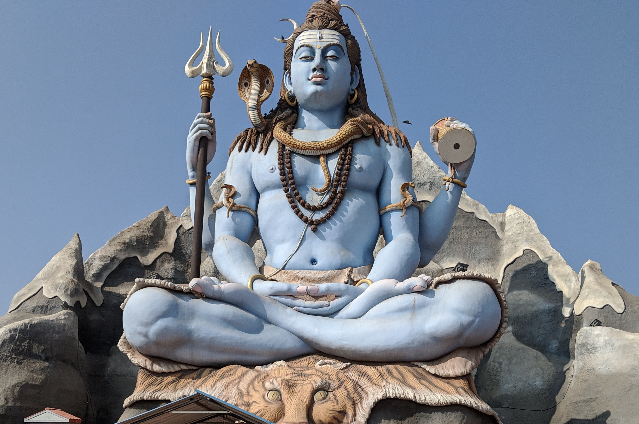
Mitra and Varun
Deities Mitra and Varun are often portrayed to have an intimate friendship between them. Mitra presides over the ocean depths and Varuna controls rivers and shores. Ancient texts have associated Mitra and Varuna with the moon's lunar phases. “Mitra and Varuna, on the other hand, are the two half-moons: the waxing one is Varuna and the waning one is Mitra. During the new-moon night, these two meet and when they are thus together they are pleased with a cake offering. On that same night, Mitra implants his seed in Varuna and when the moon later wanes, that waning is produced from his seed.” (Shatapatha Brahmana 2.4.4.19)
Bhagavata Purana also mentions Varuna and Mitra as having children through ayoni i.e non-vaginal sex. Rishi Agastya and Rishi Vashisth are supposedly the two children they produced with the apsara Urvashi, something very similar to gay couples having children through surrogacy.
Agni
Agni the god of fire is said to be married to the goddess Svaha as well as to the male moon god Soma. The Rig Veda also mentions Agni an offspring of two births, from two mothers and sometimes even three. Agni's two mothers are identified as Heaven and Earth. Agni takes a receptive role in his relationship with Soma. He's often accepting the semen from Soma, which draws a parallel to Agni accepting sacrifices from the earth to heaven.
Arjuna
Arjuna is another example of gender adaptability and variance from the Mahabharata. Cursed by the apsara Urvashi, Arjuna became a kliba, a member of the third gender. He also took the name Brihannala and dressed in women's clothes, causing the curse to take effect. We also see a mention of Arjuna physically turning into a woman in the Padma Purana where he takes part in Krishna's dance.
Budh and Ila
The ruler of the planet Mercury Budh was cursed by Rishi Brihaspati to be neither male nor female. Ila, a king that Budh married was cursed by Shiva and Parvati to change genders every month. According to the Ramayana, Ila also bears a child to Budh.
The Third Gender
Hinduism has believed in the idea of a third sex or a third gender. It includes a broad spectrum of people such as effeminate males, masculine females, transgender people, transsexual people, intersex people, androgynes, etc. Their sexuality is not limited to one group and remains complex in nature, hence most of them are not considered heterosexual. They are not considered completely male or female in traditional Hinduism, but a combination of both. This group of people is also not expected to behave like cisgender men and women. Participation of the third gender in religious ceremonies is considered auspicious in traditional Hinduism.
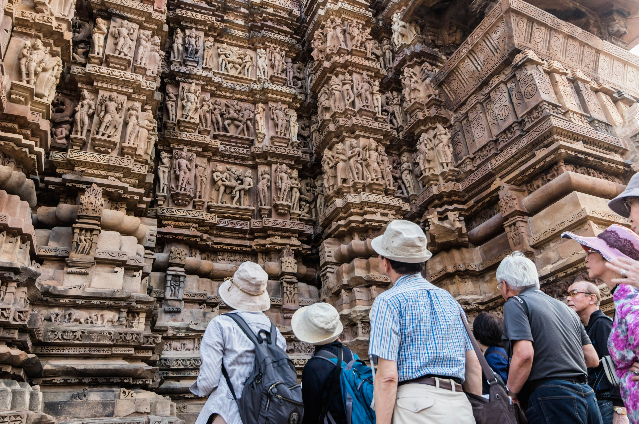
Traditional texts such as the Kama Sutra have also mentions and explanations of homoerotic behavior, and the Khajurao temple has sculptures and figures that seem to be engaging in homosexual activity. A lot of Hindus believe in the idea of Brahman, a genderless absolute, and in the idea of the soul having no gender.
In the 21st century, the world is finally waking up to the hate and discrimination people belonging to the LGBTQ+ community have had to face. A lot of countries have decriminalized homosexuality.
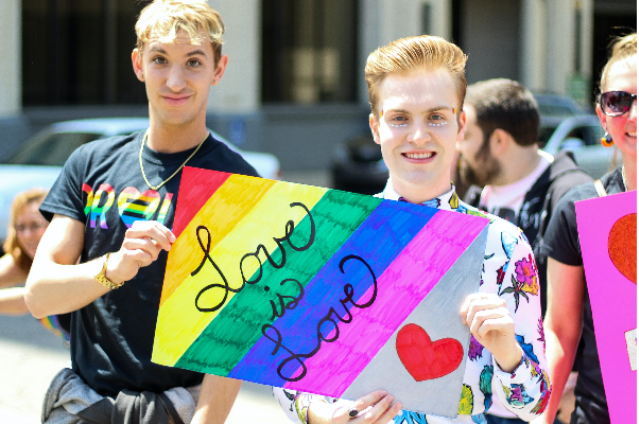
It is important that we accept others as they are, and stop making critiques of somebody else's sexuality. It is also important to make others feel loved and supported, something that we can only achieve if we make love our motto instead of hate.
A happy pride month to those celebrating!

